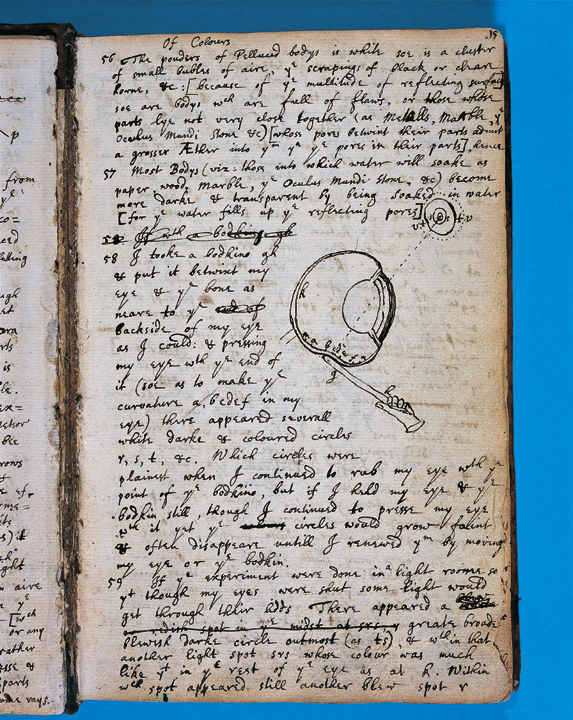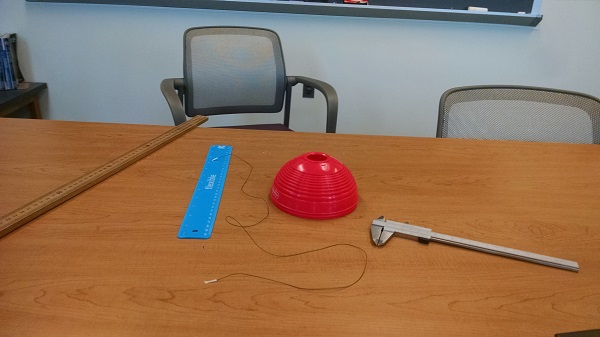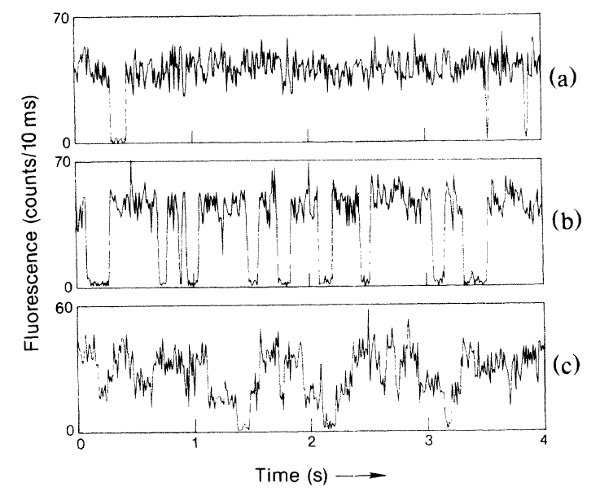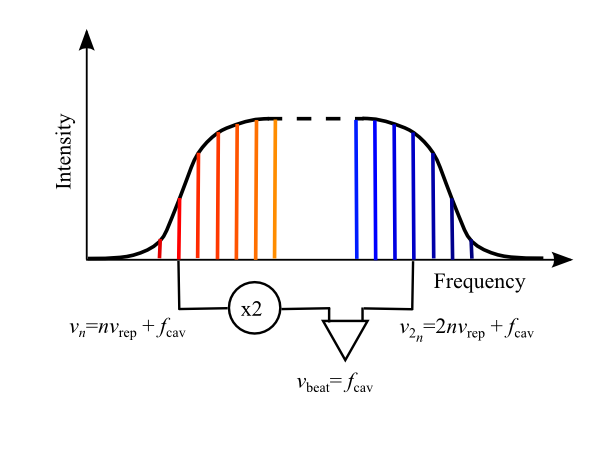I tooke a bodkine gh & put it betwixt my eye & [the] bone as neare to [the] backside of my eye as I could: & pressing my eye [with the] end of it (soe as to make [the] curvature a, bcdef in my eye) there appeared severall white darke & coloured circles r, s,… Continue reading Advent Calendar of Science Stories 9: Newton’s Bodkin
Category: Experiment
PNAS: Asad Aboobaker, Thermal Engineer
I’ve decided to do a new round of profiles in the Project for Non-Academic Science (acronym deliberately chosen to coincide with a journal), as a way of getting a little more information out there to students studying in STEM fields who will likely end up with jobs off the “standard” academic science track. Sixth in… Continue reading PNAS: Asad Aboobaker, Thermal Engineer
High Precision, Not High Energy: Video
Back in August, I gave a talk in Stockholm at the Nordita workshop for science writers, about precision measurement searches for physics beyond the Standard Model. There’s now video of this online: The video quality isn’t great, but if you’d like a clearer look at the slides, I’ve posted them on SlideShare. The talk was… Continue reading High Precision, Not High Energy: Video
General Relativity With Toddler Toys
A couple of times last week, I mentioned on Twitter that I was going to demonstrate relativity with toddler toys and string. This was an inspiration that hit late on Thursday, when I was trying to think of a better way to explain embedding diagrams (the technical term for those stretched-rubber-sheet pictures that everybody uses… Continue reading General Relativity With Toddler Toys
Playground Physics: Angular Momentum, Video Homework
I’m teaching relativity in a course with an astronomy prefix, which means I’m obliged to talk about stars and stuff. Yesterday’s lecture was about neutron stars, and how their existence was confirmed by the discovery of pulsars (with the story of Jocelyn Bell Burnell included). This requires some discussion of angular momentum to explain how… Continue reading Playground Physics: Angular Momentum, Video Homework
Particle Fever and Modern Art
As mentioned last week, I was the on-hand expert for the Secret Science Club’s foray into Massachusetts, a screening of the movie Particle Fever held at MASS MoCA. This worked out nicely in a lot of respects– it gave me an excuse to visit the newly renovated Clark Art Institute in Williamstown and check out… Continue reading Particle Fever and Modern Art
On Not Talking, for the Right Reasons
Over at Backreaction, Bee has a nice piece on our current age of virality. Toward the end, she discusses some of the ways this applies to science, specifically a quote from this Nature article about collaborative efforts to measure “big G”, and a story about a Chinese initiative to encourage collaboration. She writes of the… Continue reading On Not Talking, for the Right Reasons
Nobel Prize for Blue LEDs
The 2014 Nobel Prize in Physics has been awarded to Isamu Akasaki, Hiroshi Amano and Shuji Nakamura for the development of blue LED’s. As always, this is kind of fascinating to watch evolve in the social media sphere, because as a genuinely unexpected big science story, journalists don’t have pre-written articles based on an early… Continue reading Nobel Prize for Blue LEDs
Yes Virginia, There Are Quantum Jumps
In a weird coincidence, shortly after I wrote a post about “quantum leap” as a metaphor, I was looking up some stuff about John Bell and ran into mentions of a paper he wrote called “Are There Quantum Jumps?” Bell is borrowing a title from Schrödinger, who wrote a pair of articles (really, one article… Continue reading Yes Virginia, There Are Quantum Jumps
Finding Extrasolar Planets with Lasers
On Twitter Sunday morning, the National Society of Black Physicsts account retweeted this: Using Lasers to Lock Down #Exoplanet Hunting #Space http://t.co/0TN4DDo7LF — ✨The Solar System✨ (@The_SolarSystem) September 28, 2014 I recognized the title as a likely reference to the use of optical frequency combs as calibration sources for spectrometry, which is awesome stuff. Unfortunately,… Continue reading Finding Extrasolar Planets with Lasers





